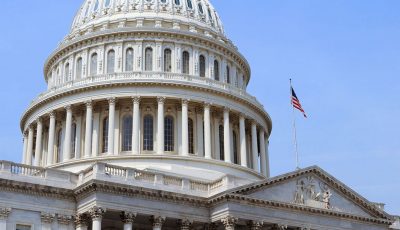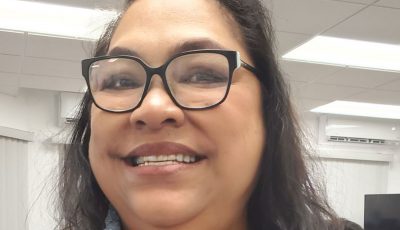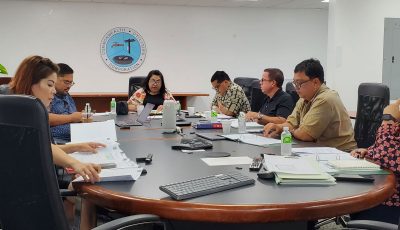EPA: CUC loses 70-75 pct. of its water
The Commonwealth Utilities Corp. loses about 70 – 75 percent of the drinking water it produces and incurs substantial unrecovered costs, according to U.S. Environmental Protection Agency inspector John Tinger.
The loss means that only 25 to 30 percent of CUC’s water is billed to customers and generates revenue, Tinger said in his declaration in federal court.
Drinking water supplies have also been identified as a critical need that is exacerbated by the CNMI’s growing economy and expanded tourism, said Tinger in the declaration that is attached to the U.S. government’s February 2017 status report pertaining to CUC projects.
Causes of the water loss include leaks in the distribution system, non-metered customers such as agriculture interests, broken or inaccurate meters, and illegal connections.
The court’s stipulated order number 1 requires CUC to have an EPA-approved plan and schedule to perform detection and repair of leaks in the drinking water distribution system, and to identify and eliminate subsurface connections to old drinking water lines or pipes that may negatively impact the quality of water in the distribution system.
Tinger said EPA disapproved CUC’s proposed leak detection and repair program on Aug. 6, 2014, and that CUC has not responded to EPA’s disapproval.
Stipulated order 1 also requires CUC to have an EPA-approved drinking water and wastewater master plan to determine current and future infrastructure needs for a 20-year period, and to provide a long-term plan for CUC’s drinking water and wastewater system improvements.
After substantial discussions and EPA’s initial disapproval of CUC’s draft master plan, EPA conditionally approved the master plan on Nov. 14, 2016.
Tinger said EPA did not fully approve CUC’s draft master plan because CUC did not commit to fund and implement the master plan requirements, such as repairing or replacing the drinking water system to ensure adequate quantity and quality.
Instead, Tinger said, CUC had said that complying with the master plan depends on federal government funding.
EPA asked CUC to provide an addendum to the draft master plan to address EPA’s concerns and to include CUC’s commitment to implement the master plan.
Tinger said that prior to the entry of stipulated order 1, only 26 percent of Saipan’s population experienced continuous 24-hour drinking water service.
CUC’s response is due March 13, 2017.
He said within five years of the entry of stipulated order 1 and with improvements funded substantially by EPA, the availability of 24-hour Saipan drinking water service reached 94 percent in 2013.
However, the EPA inspector said, in 2014 the availability of 24-hour drinking water fell to 73 percent.
He said that, in December 2016, 24-hour Saipan drinking water service increased to 81 percent but is still below the 94 percent standard reached in 2013.
Customers on Tinian and Rota enjoy 24-hour drinking water service.
Tinger said CUC is still unable to install water meters and accurately bill customers.
According to CUC, in 2015, up to 4,000 out of approximately 9,000 accounts had malfunctioning meters, Tinger said.
He said CUC reported in 2016 that CUC funded approximately 2,000 new meters; however, CUC’s Jan. 17, 2017, report does not provide further updates on the 2,000 new meters or provide a comprehensive accounting of the water metering program.



























